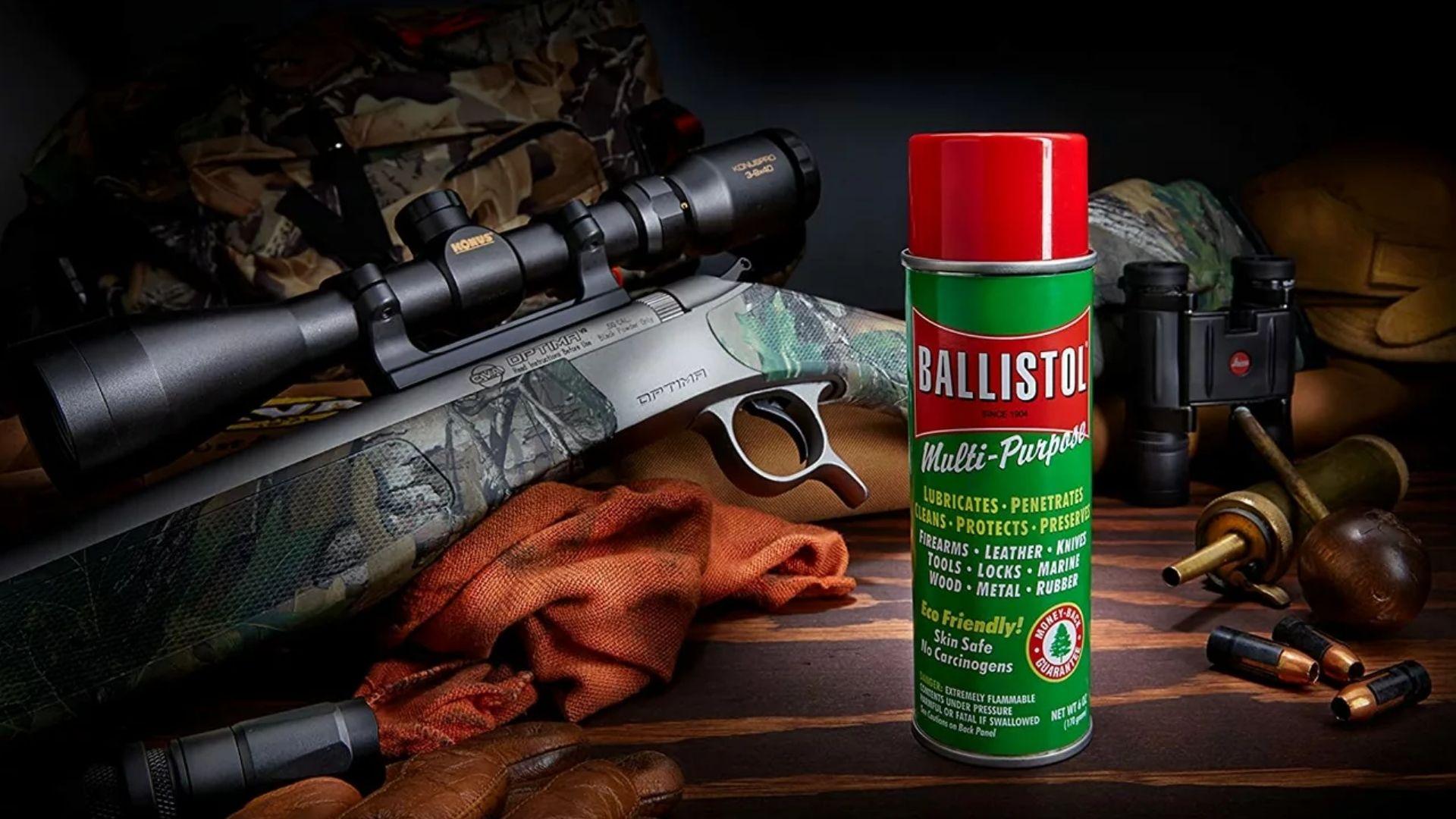When I started learning to hunt, trap, snare and call coyotes The e-call that I saw was a battery powered 45 rpm record player with a recording of the guys dads caged coyote howling to some distant coyotes. The first howler that I saw was the same guy's dads one that he had made out of the mouthpiece of a clarinet with a brass reed made out of shim stock. Next came the Bill Austin howlers and the Circi closed reed calls with the little reeds taken from dolls that squeaked when your sister turned them on their backs. Next came some calls made by Major Bodiker called Criter-calls in three sizes peewee, standard and magnum. I still have a standard criter call that was a gift. In the 80's there was a coyote callers craze, started by Bill Austin, of people howling coyotes, making howlers for sale. One notable writer and publisher went so far as to say he had been studying and learning coyote language in secret and had come up with a new howler that was unsurpassed by anyone else's. A lot of the older Government guys had been voice howling for years and I tried to figure that out and could get some coyotes to answer but soon figured out that Bill Austins male howler did a ton better than me, I also liked his female howler, it was just a little smaller in length than the male howler both being made from sch. 40 PVC pipe and plastic notebook covers of the correct stiffness, but with practice learned that I could make female howls on the male howler by where I placed my lips and teeth on the reed. I went up and visited a trapper in Montana that voice howled and did very well at it who showed me a howler that Vern Dorn had given him made out of a fifty-caliber brass, he had found where the B-17's and B-29'S learned to fly and shoot before deploying during WWll here in Wyoming out of the Casper Army Air Corps Base, now called the Natrona County International Airport. I saw some then that were made from duck calls that had a little bit of fine tuning to get them to make howls and some that were diaphragm elk and turkey calls. Before long came the cassette tape caller made by Burnham Brothers and Johnny Stewart. Some tapes were of good Quality and some not so much. Dust, rattling around in the truck hot weather, cold weather was your enemy. They first came out with batteries you had to replace then ones you could recharge. The world of calling has had some major changes made to it in the last 30, 40 or 50 years. But coyotes being coyotes and people being people there are still some challenges to hunting and calling them to this day.

